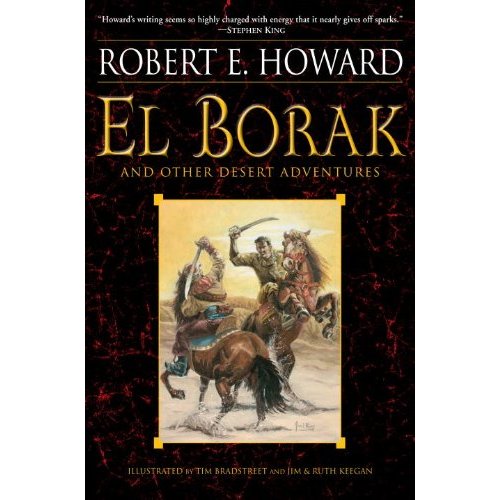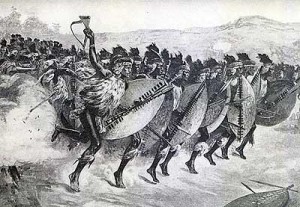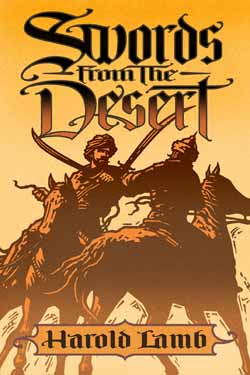CRS and the Empire of Gold
Wednesday, March 24, 2010
posted by Deuce Richardson
In welcome news, TC just learned that Charles R. Saunders has a fresh blog entry posted at Drums of Nyumbani, his website. The title of this post is “The First Ghana.” Much like his article, “The Epoch of Kush,” this piece by Saunders explores the rich history of sub-Saharan Africa. Another similarity betwixt the two is that both were written during the ’70s by CRS for one of the fantasy/S&S fanzines that proliferated during that decade. Fear not, Saunders’ scholarship still holds up.
Mr. Saunders reveals the history of the first Ghana (modern-day Ghana shares little but a name with its namesake). Called Aoukar by its own people, the kingdom was given its common name by Arab chroniclers, who derived it from one of the titles of the Ghanaian ruler (a situation similar to the one in which the “Inca” empire received its name from the Spanish). Reaching its height in the eleventh century AD, Ghana was a veritable sub-Saharan Klondike, exporting gold to Europe and Asia. Such riches invited envy and aggression. Eventually, Ghana succumbed.
Medieval Ghana was very likely the source of the name which REH bestowed upon the “Ghanatas” seen in the unfinished Conan yarn referred to as “The Tombalku Fragment.” Serious students of Conan the Cimmerian might also recall that he wielded a “Ghanata knife” when infiltrating black-walled Khemi in The Hour of the Dragon. Clues left by REH point to the Hyborian Age Ghanatas being a tribe situated somewhere betwixt Stygia and Tombalku, and that said tribe had notable iron-working skills. All things considered, that matches up fairly well with the Ghanatas’ (probable) historical inspiration.
I’ve been studying sub-Saharan Africa for more than twenty-five years and CRS’ post still taught me a few things. As I stated earlier, Saunders’ scholarship (like his fiction) has stood the test of time.




 Over at
Over at 








